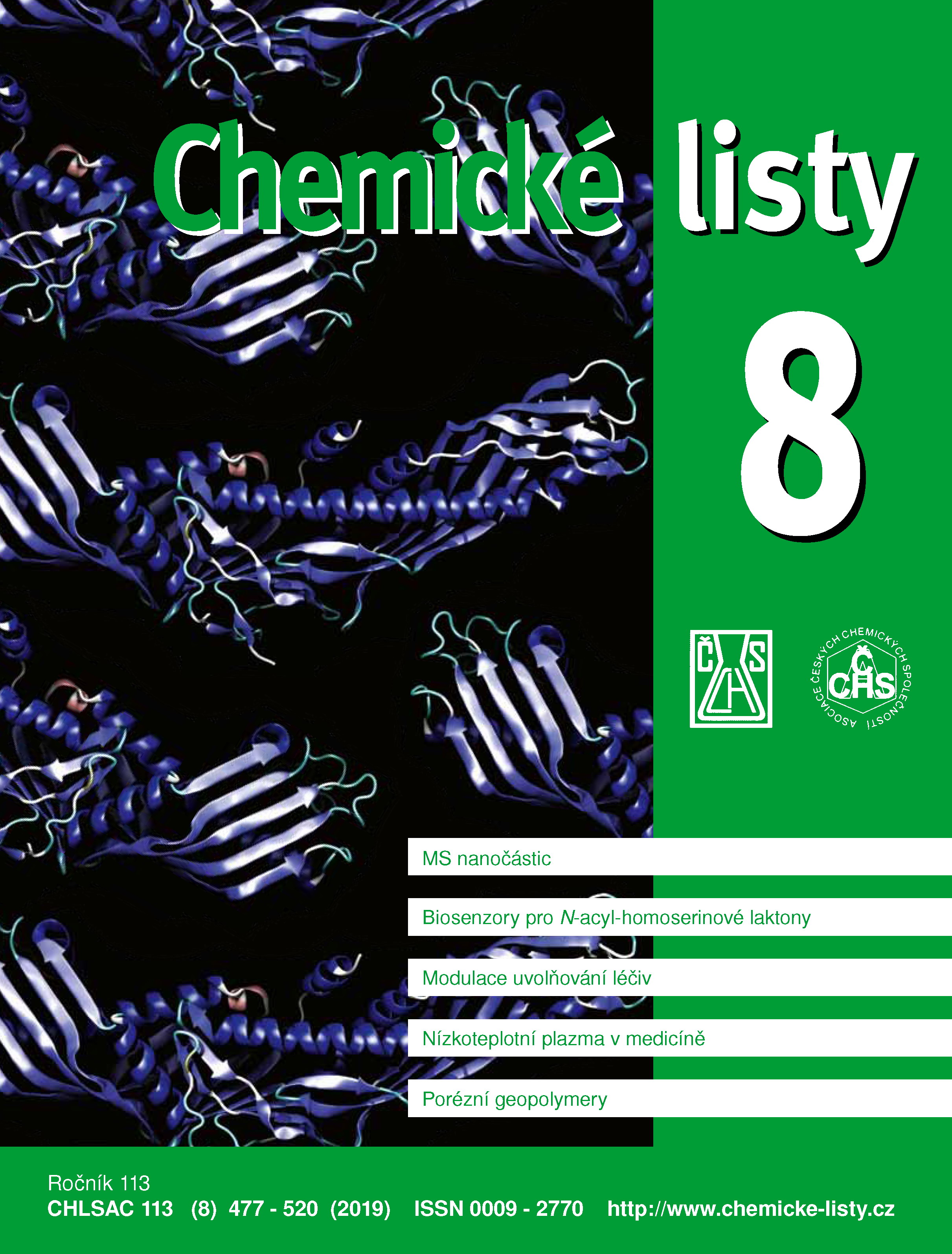Biologické snímací prvky pro detekci N-acyl-homoserinových laktonů
Klíčová slova:
quorum sensing, signální molekuly, N-acyl-homoserin-lakton, biologický snímací prvek, Agrobacterium tumefaciensAbstrakt
Many Gram-negative bacteria use N-acyl-homoserine lactones (N-acyl-HSL) as quorum sensing signal molecules. N-acyl-HSL are the subject of investigation by many research groups. Simple methods have been designed to detect N‑acyl-HSL using bacterial strains that doesn't produce its own signal molecules, but the reporter gene is expressed when exogenous N-acyl-HSL are present. This article reviews and discusses the most common and most currently obtainable systems using bacteria such as Agrobacterium tumefaciens, Chromobacterium violaceum, Escherichia coli or Vibrio fischeri. These biological sensing elements can be used to detect and study a wide range of N-acyl-HSL and related molecules interfering with quorum sensing systems.





